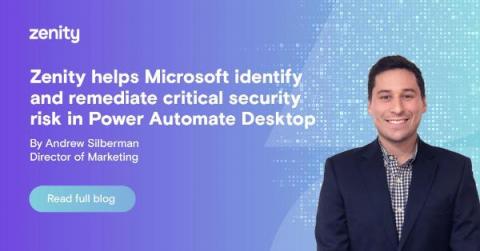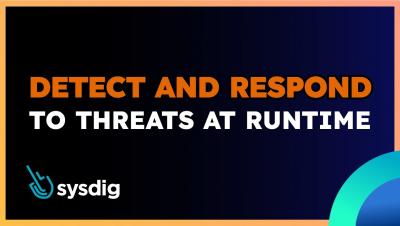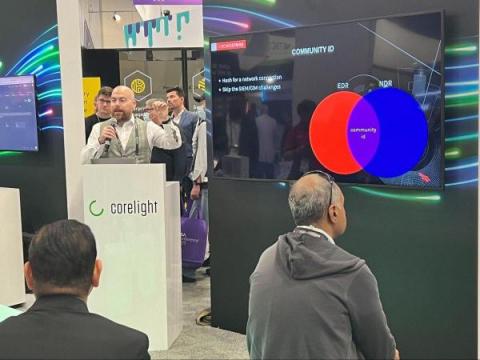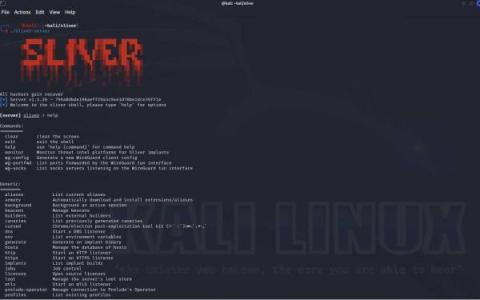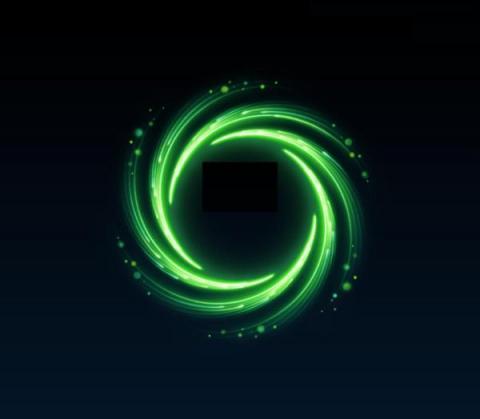Zenity Helps Microsoft Identify and Remediate Critical Security Risk in Power Automate Desktop
About seven months ago at Defcon, Zenity CTO Michael Bargury presented security research that discovered and outlined a way to take over Microsoft Power Automate enabling bad actors to send ransomware to connected machines by using Power Automate as it was designed. By simply taking over an endpoint, our research showed that attackers can run their own payloads and execute malware by assigning machines to a new administrative account using a basic command line.


